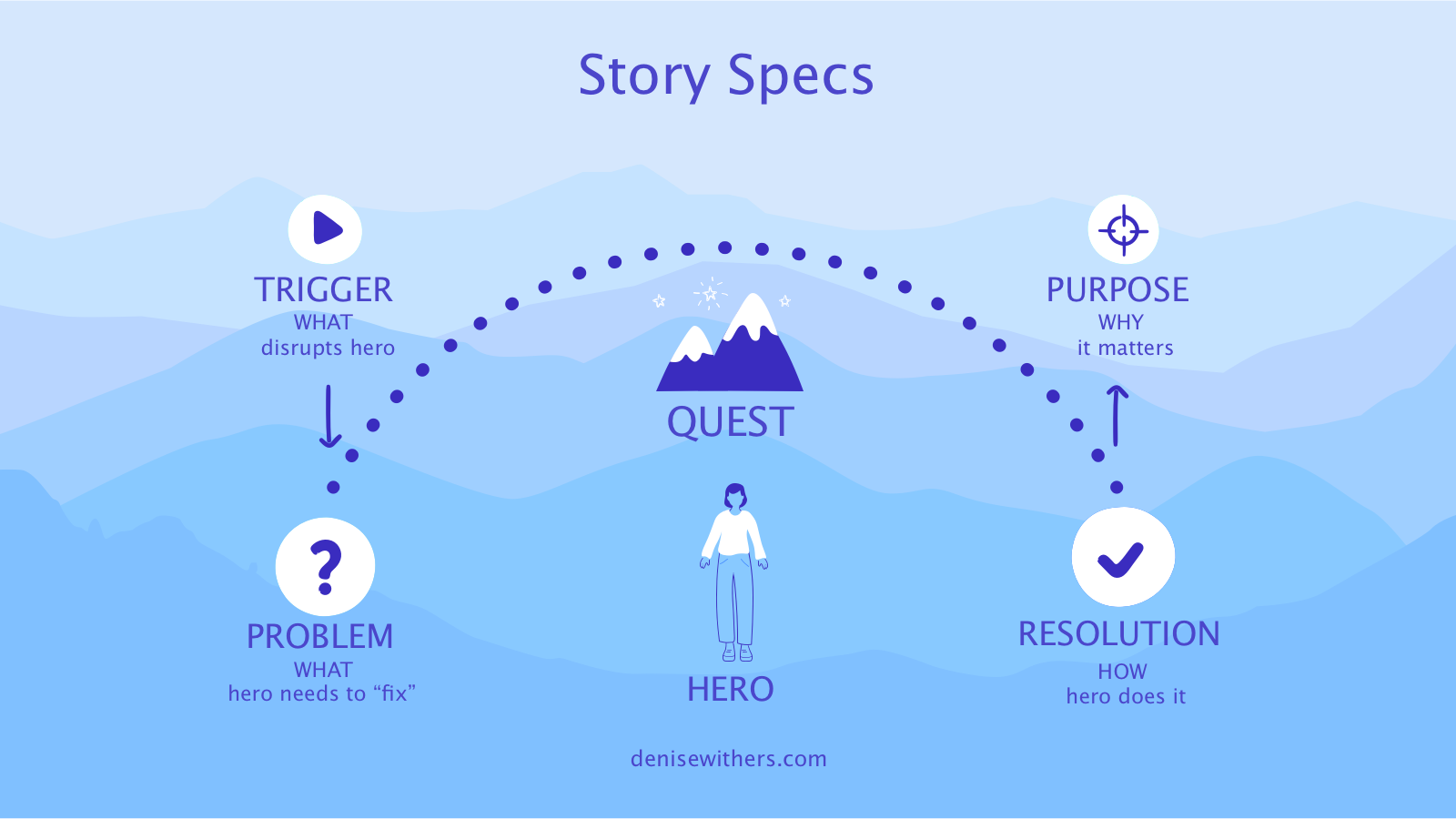I used to work with a guy who chose to wrestle polar bears – literally – to avoid having to schmooze at a conference. As an introvert myself, I confess that I’ve spent more time than I’d like to admit pretending to be on my phone to avoid making small talk at events – or heading straight to the bar for some liquid courage. But in recent years, I’ve found a better way to connect with strangers and start long-lasting relationships. And that’s having a purpose story that’s dead-easy to tell.
Your purpose story for a conference should be under a minute, and should work like a movie trailer or teaser, giving listeners just enough information to make them want more. It’s less about what you do and more about why you do it – which is critical, as shared purpose is the foundation for collaboration and growth.
Here’s how it works. (I’ll use my story as an example).
1. After making TV documentaries for 20 years, I reinvented myself as a change consultant in 2005 to tackle issues like global warming and conservation.
2. And I discovered really fast that few leaders actually understood how to make change. Most relied on command and control approaches that just generated fear and distrust.
3. That’s when I realized that I knew something most of them didn’t. My TV work and graduate research had taught me that engagement is an essential piece of the change puzzle. You can’t “do” change to people – it doesn’t work.
4. So, I set out to find a new way to help leaders engage people in change.
5. That’s how I came up with Story Design.
When you look at the graphic below, you’ll see that this follows the basic story structure I use for all my work.

Essentially, every story has a trigger, which disrupts the hero’s everyday life and creates a problem that she must go off on a quest to resolve. When she does that, she serves a higher purpose. Looking more closely at the diagram, you can see that the quest itself actually has a whole bunch of dots or story beats to it. Each one of those beats represents something the hero does to try to solve the problem. And each one of them can actually be expanded into a separate story. In many ways, the structure works like a TV series, where each dot is one episode.
When you structure your purpose story this way, it becomes incredibly powerful, because you can expand and contract it, depending on the situation and person you’re talking to. Looking at the example of my story, each of the five points has one or more sub-stories to it that I can share.
1/ Want to know more about my documentary work? Let me tell you about my project with NASA.
2/ Curious as to how I discovered that leaders don’t know how to make change? That’s a great story about my first consulting gig with a surly union.
3/ Interested in my graduate research on engagement? I ran some ground-breaking experiments on experience design that I’d love to share.
You get the idea.
Note that I end my story with the teaser for Story Design. This is important, because it’s actually the one thing that I’m dying to tell you about. But, I need to make you curious enough to ask me, to really engage you in a conversation.
Next week, I’m off to Globe2020, a huge sustainable business conference in Vancouver – and I’m excited about sharing my story to support my mission and purpose to help leaders make change. If you’re there, come and find me – I’d love to hear about the quest you’re on!





